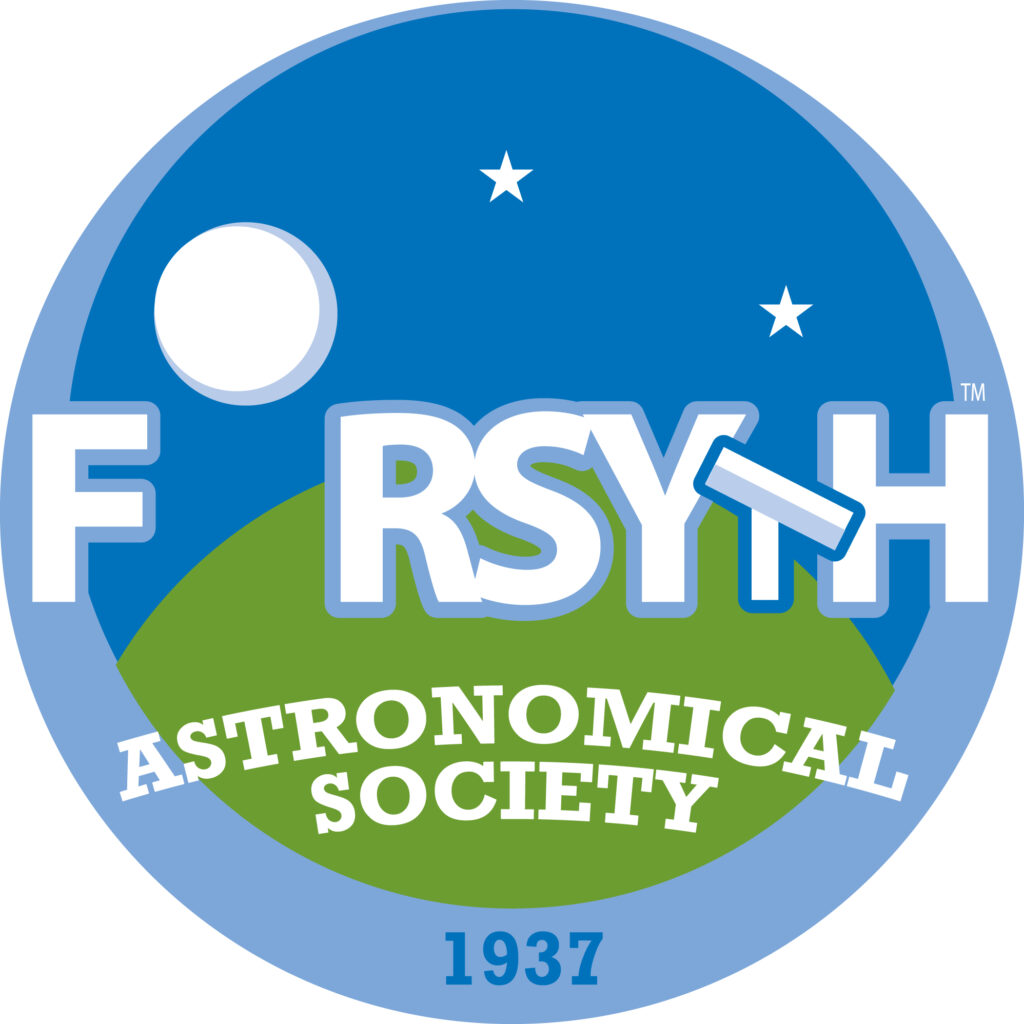Current Astronomy News
-
Black Hole Visualizations
The folks at NASA’s Goddard Flight Center just published two interesting videos about black holes. “New NASA Black Hole Visualization Takes Viewers Beyond the Brink.” NASA. May 6, 2024. Evidently it is also Black Hole week. NASA has some more information. For even more on black holes, see our previous astronomy blogs.
-
Astronomical League Resources / Recursos de la Liga Astronómica
The Astronomical League has just expanded its resource section (Night Sky Tools). You can find monthly maps of the night sky in both English and Spanish. See our Night Sky page for links to many of these charts. They also have several useful handouts, including an eight page introduction to stargazing and the night sky.…
-
The Spring Night Sky
Winter is over and the leaves on the trees are starting to come out. The flowers are blooming, and the birds are chirping. It’s still time to view the night sky before it gets dark too late during the summer. Here are some notes taken from two earlier FAS Astronomer Blogs. The Night Sky In…
-
Peter Higgs
You might not have noticed it, but Peter Higgs passed away at the age of 94. If you don’t know who Peter Higgs is, you might remember the discovery of the Higgs Boson by the Large Hadron Collider back in 2012. The Higgs (the boson and not Peter), also known as the “god particle”, was…
-
What is the JWST Looking At?
The folks at BBC Sky at Night Magazine just posted a short article pointing out that we can now find out what the James Webb Space Telescope (JWST) is looking at. Now, it will not give you the great images we see in the news (and below), but it will show you what astronomers are…
-
Comet 12/P Pons-Brooks
The “Devil Comet” is approaching! It is susceptible to flare-ups, which give it a “horned” shape and the nickname “Devil Comet.” 12/P is currently in the constellation Pisces and near Andromeda. It will move over to Aries in late March, and pass on to Taurus just after mid-April. Look low in the horizon to the…
-
April 8, 2024 Solar Eclipse (and Eclipse Safety)
The last Solar Eclipse visible in the United States until August 2044 will cross the southern and eastern part of the country on Monday, April 8, 2024. Below is a handout with information about the eclipse and eclipse safety. You can also find information about eclipses, the April eclipse, and eclipse safety on our website.…
-
Happy Pi Day 2024
Yes, it’s Pi Day! No not Pie Day – Pi Day. March 14, 3/14 or 3.14. Yes, Pi is the number 3.14… . It goes on forever. You can find the first million digits here: One Million Digits of Pi On One Page. Pi is defined as the ratio of a circle’s circumference to its…
-
Space Science: Introduction to Stars (Crash Course Kids)
The folks from Crash Course Kids have a great series of videos about the stars and constellations. Check it out!

